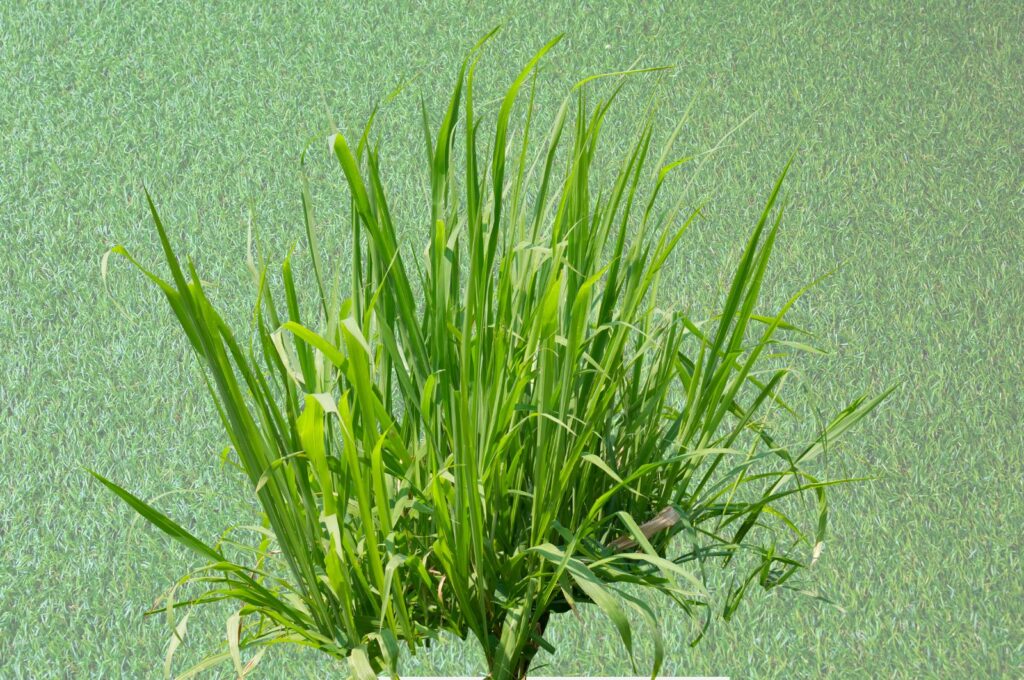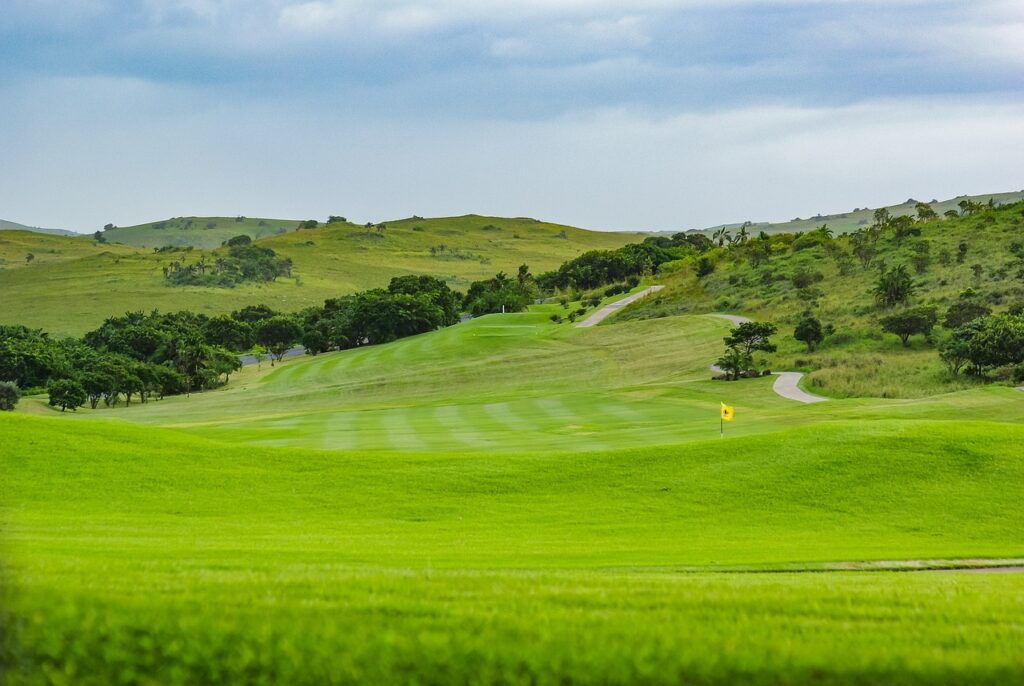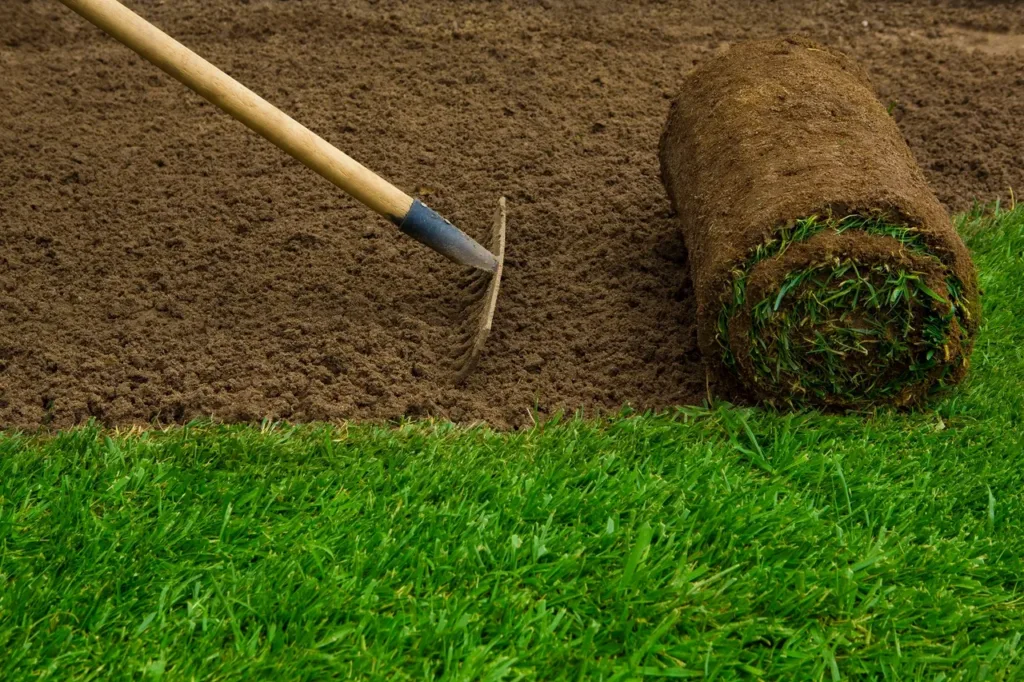Despite being the fundamental basis of some sports, parks, and lawns, the meaning of the word ‘grass’ never really gets much thought. Even by qualified turf managers! So what is grass?

‘Grass is a monocotyledon plant, herbaceous plants with narrow leaves growing from the base.’ Vague, right? That’s because grass actually has many different species, shapes, sizes and abilities, which can allow it to grow naturally in most parts of the world. Grasses belong to a family of plants known as Poaceae (formerly recognised as Grmineae). Within sports turf there are two main categories according to their temperature tollerance: C3 and C4 grasses, also known as cold season and warm season grasses. Not all grasses are used for sports turf; an example would be pereannial pasture grasses, together with annual species that have been developed as cereals. Though unsuitable for sports, these are the most important agricultural plants on earth. Grasses can also be an important food source for grazing animals like deer, buffalo, cattle, mice, caterpillars, and many others. Unlike other plants, grasses grow from the bottom, so when animals eat grass, they usually do not destroy the part that grows.

Grasses are one of the largest families of flowering plants on earth, comprising of 635 genera and over 10,000 species of annual, perennial and rhizomatous herbs, and even woody and tree-like plants such as the bamboos. Many grasses are short, but some grasses, like bamboo, can grow very tall. Plants from the grass family can grow in many places, even in very cold or very dry climates. Several other plants that look similar but are not members of the grass family are also sometimes called grass; these include rushes, reeds, papyrus, and water chestnut. The importance of grass is much greater than many people think; habitats such as savannah and prairie where grasses are dominant are estimated to constitute 40.5% of the land area of the Earth, excluding Greenland and Antarctica. Grasses are also an important part of the vegetation in many other habitats, including wetlands, forests and tundra. Yet it’s just an everyday normality to us!
Turfgrass
A very small number of grasses are suited for use as turfgrasses. They are genrally the more compact members of the group, which are able to form a high density and offer good ground coverage when mown at a low hieght. There are less than 50 grass species in the world that fit into this catagory.
A few names you may hear given to grass:
Sward – an expanse of short grass.
Turf – grass and the surface layer of earth held together by its roots.
Sod – the surface of the ground, with the grass growing on it; turf

Growing season of grasses
This can vary greatly depending on the climate, location, soil and local climate just to name a few variables. The length of the growing season of grass is governed by temperature. In cold conditions, grass is virtually dormant, meaning less growth and recovery from disease, pests and damage. Grass starts to grow rapidly in spring as soil temperatures rise and there is plenty of moisture in the soil. Growth slows in summer when there is less moisture, but there is often a second flush in early Autumn as rainfall increases and soil temperatures remain high.
A quote from John James Ingalls
Next in importance to the divine profusion of water, light, and air, those three great physical facts which render existence possible, may be reckoned the universal beneficence of grass. Grass is the forgiveness of nature-her constant benediction…Forests decay, harvests perish, flowers vanish, but grass is immortal. It yields no fruit in earth or air, and yet should its harvest fail for a single year, famine would depopulate the earth. Grass softens the rude outline of the world. Its tenacious fibers hold the earth in its place. It invades the solitude of deserts, climbs the inaccessible slopes and forbidding pinnacles of mountains, modifies climates, and determines the history, character, and destiny of nations.
